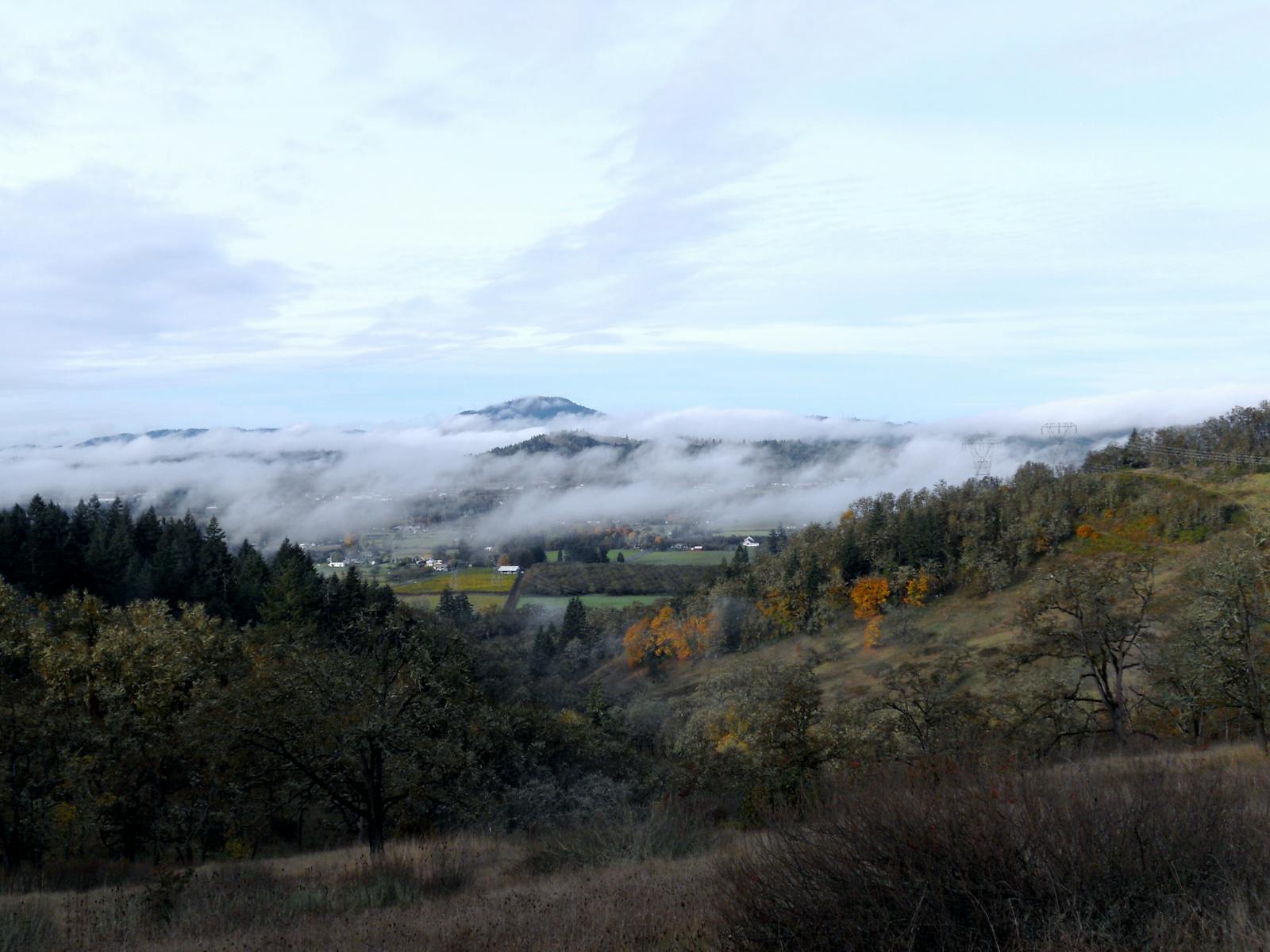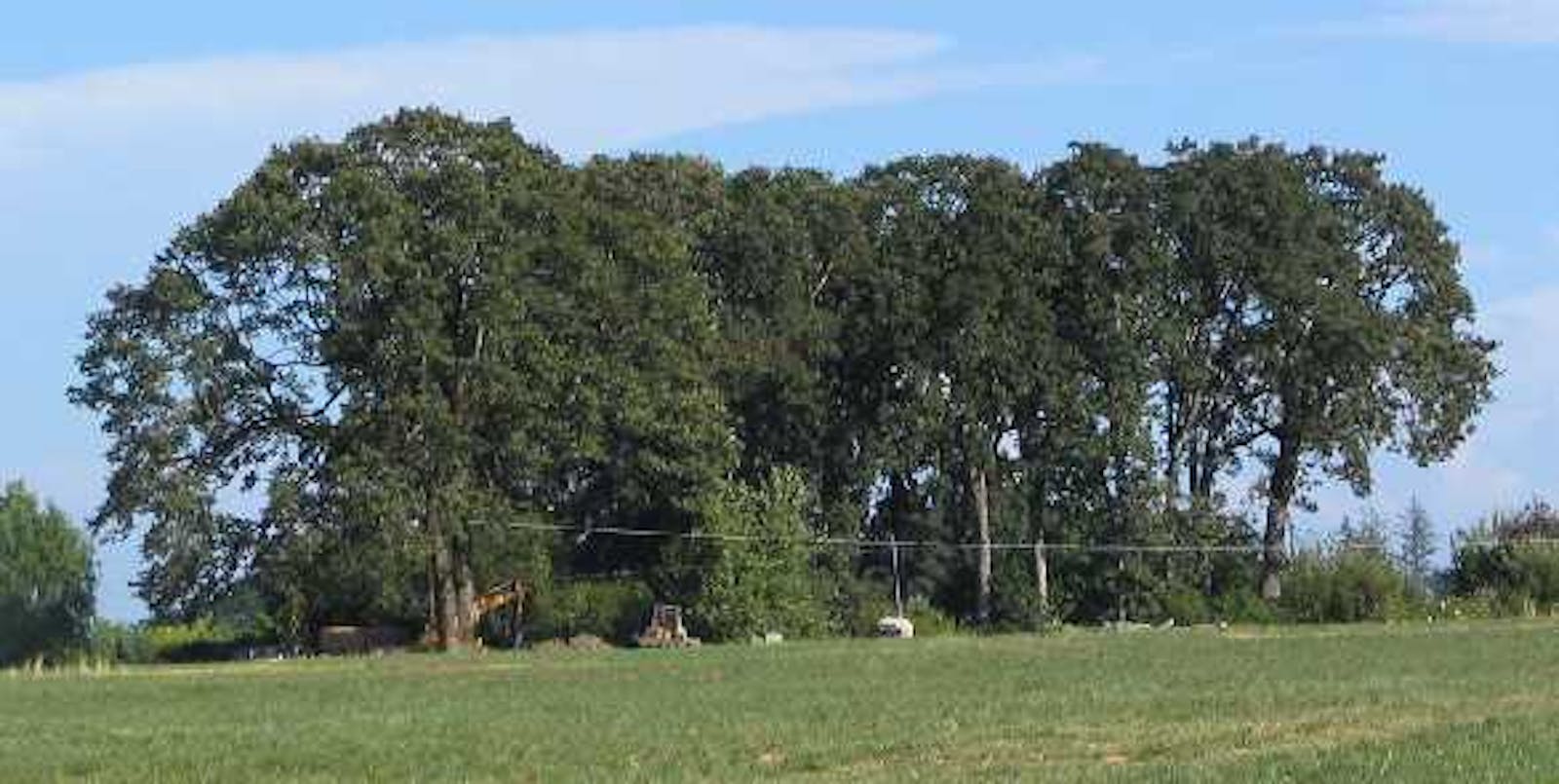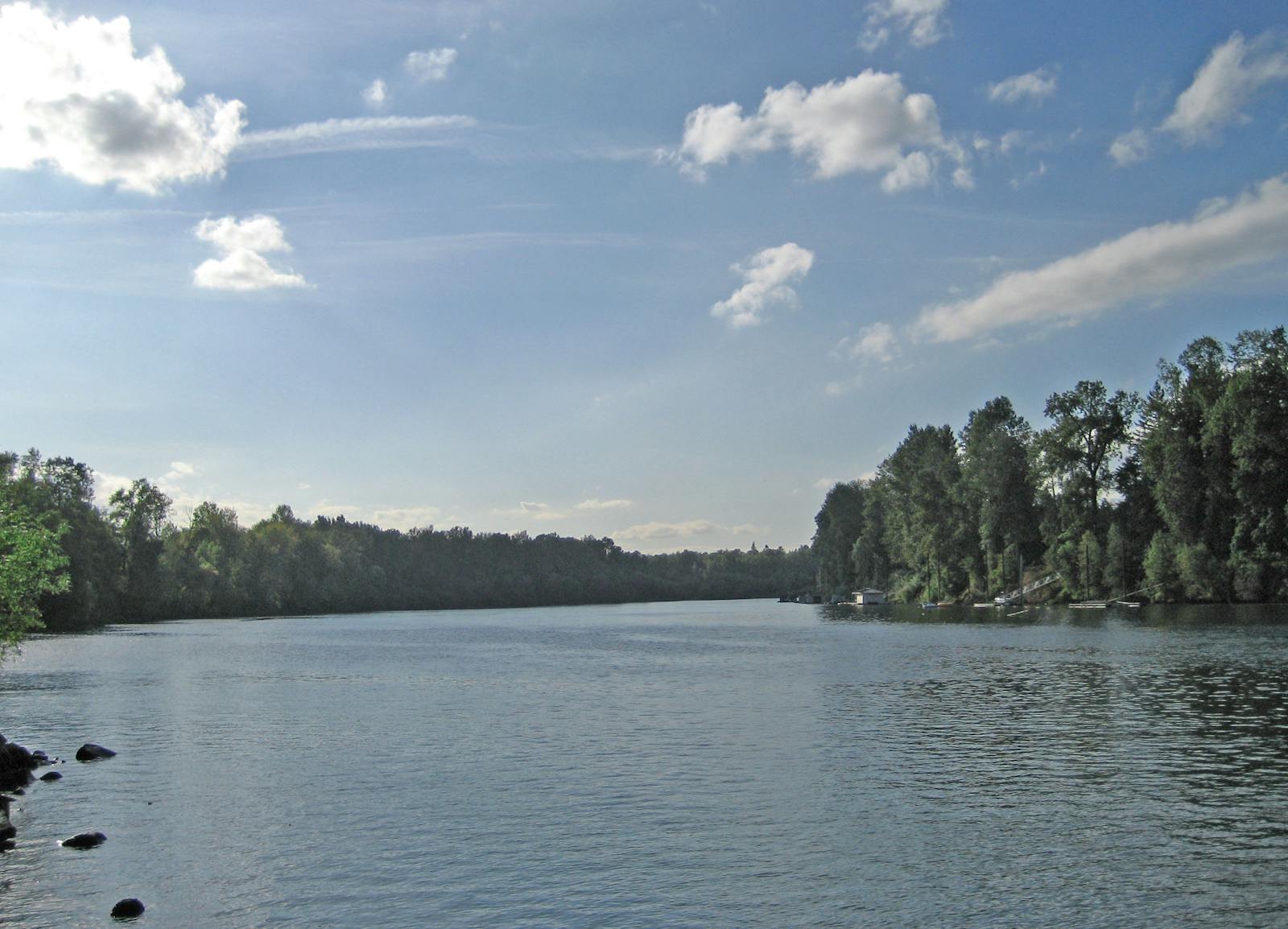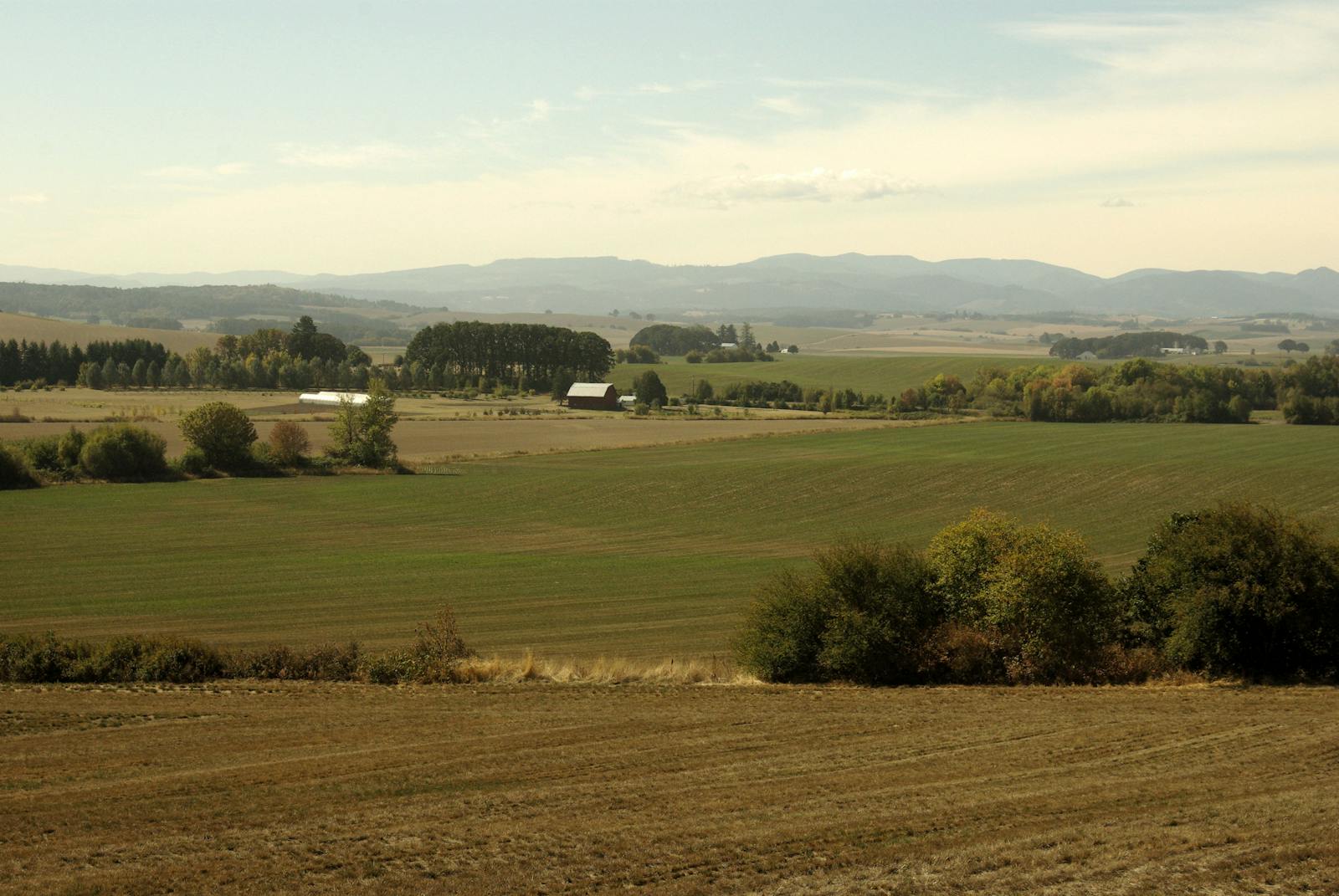Willamette Valley Oak Savanna
The ecoregion’s land area is provided in units of 1,000 hectares. The conservation target is the Global Safety Net (GSN1) area for the given ecoregion. The protection level indicates the percentage of the GSN goal that is currently protected on a scale of 0-10. N/A means data is not available at this time.
Bioregion: Cascades Mountain Forests & Valleys (NA16)
Realm: Northern America
Ecoregion Size (1000 ha):
1,489
Ecoregion ID:
403
Conservation Target:
3%
Protection Level:
5
States: United States: OR , WA
The Willamette Valley Oak Savanna ecoregion occupies the Willamette River Valley of northwest Oregon, between the Cascade Mountains and the Oregon Coast Range, as well as a small part of Washington north of the Columbia River, into which the Willamette River drains.
This is one of the most strongly human-modified ecoregions on the continent, with an estimated 99.5% decline of native prairies and oak savannas. Despite this devastating loss, the vegetation of this region and its history are fascinating, and the remaining remnants are often packed with rare and endemic species.
The climate of the Willamette Valley Oak Savanna ecoregion is much drier than the surrounding mountains, because it lies in the rain shadow of the Oregon Coast Range. Summers are very dry and warm to hot, whereas winters are cool, gray, drizzly, and often foggy. Heavy snowfall is rare except in the foothills of the Cascades and Coast Range, where significant accumulations of wet snow are not uncommon. The Valley becomes progressively hotter and drier from north to south.
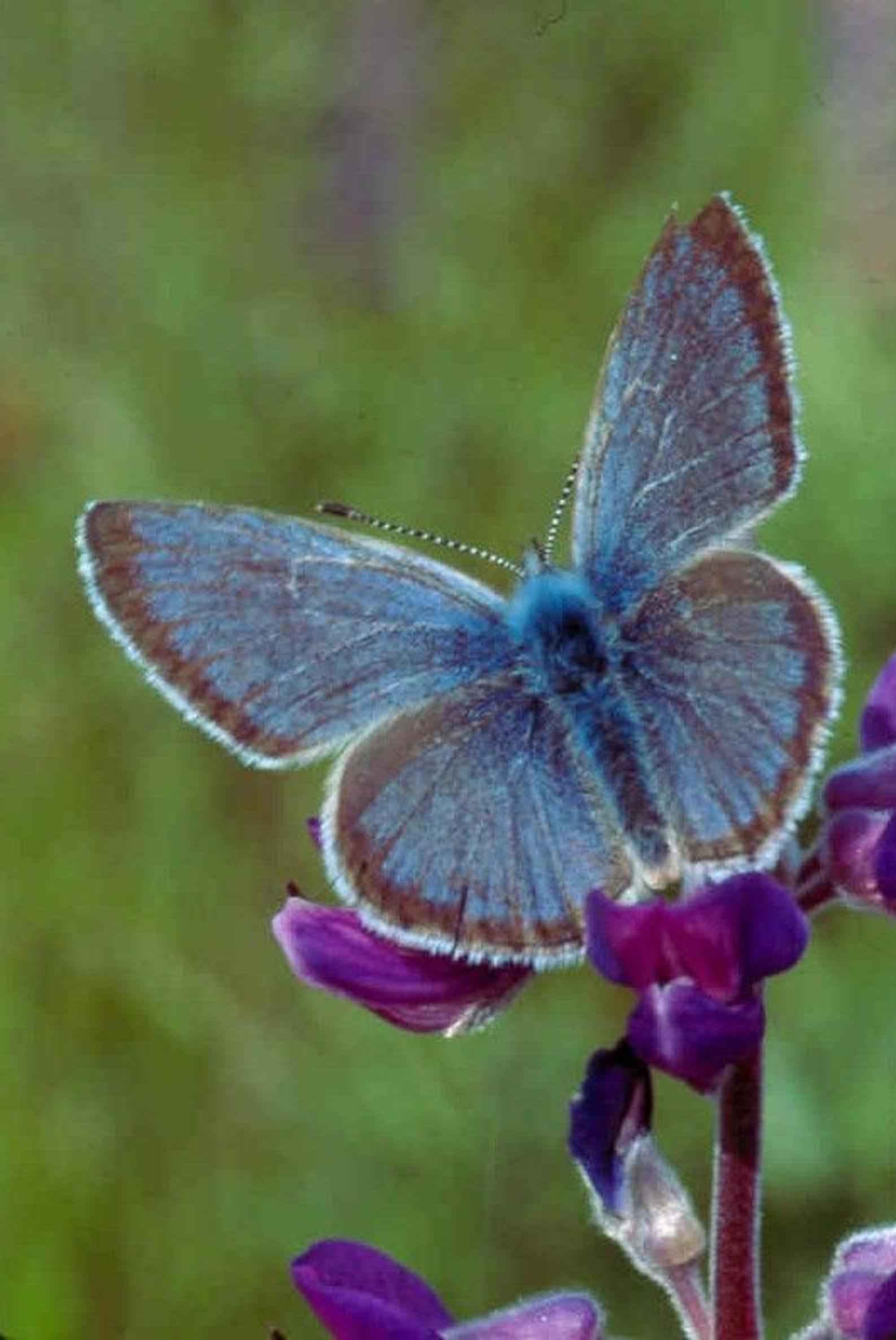
The flagship species of the Willamette Valley Oak Savanna ecoregion is Fender's blue butterfly. Image credit: Creative Commons
The dominant vegetation at the time of EuroAmerican settlement was oak savanna and various treeless prairies. The major oak is Oregon white oak (also known as Garry oak), with California black oak joining the community in the southern portion of the Valley. Pacific madrone is another common tree, and poison oak is abundant in the ground layer and as a liana (woody vine). Ponderosa pine occurred more in the south as well as along river channels. California oatgrass and other native grasses have been largely replaced by nonnative grasses.
The grasslands and savannas were maintained by frequent fires set by the native Kalapuya tribes, although small grasslands apparently not dependent on fire also occur on extreme sites such as rocky, shallow-soiled, south-facing slopes in the foothills and on isolated buttes.
Thunderstorms and lightning are extremely rare in this ecoregion, so Native Americans must have greatly expanded small natural grasslands through their use of fire. Because several rare, endemic species are dependent on these grasslands, this represents a rare case of humans behaving as a keystone (ecologically pivotal) species in the most positive sense.
Endemic grassland plants include Willamette Valley bittercress, golden paintbrush, peacock delphinium, Bradshaw’s lomatium, meadow sidalcea, Nelson’s wild-hollyhock, and Kincaid’s lupine. The latter is the sole larval host plant for the endemic and federally Endangered Fender’s blue butterfly, which was long thought to be extinct until it was rediscovered in 1989. Fire suppression has resulted in many oak savannas transitioning to oak woodlands and closed forests, with Douglas-fir, grand fir, Pacific madrone, and bigleaf maple common trees.
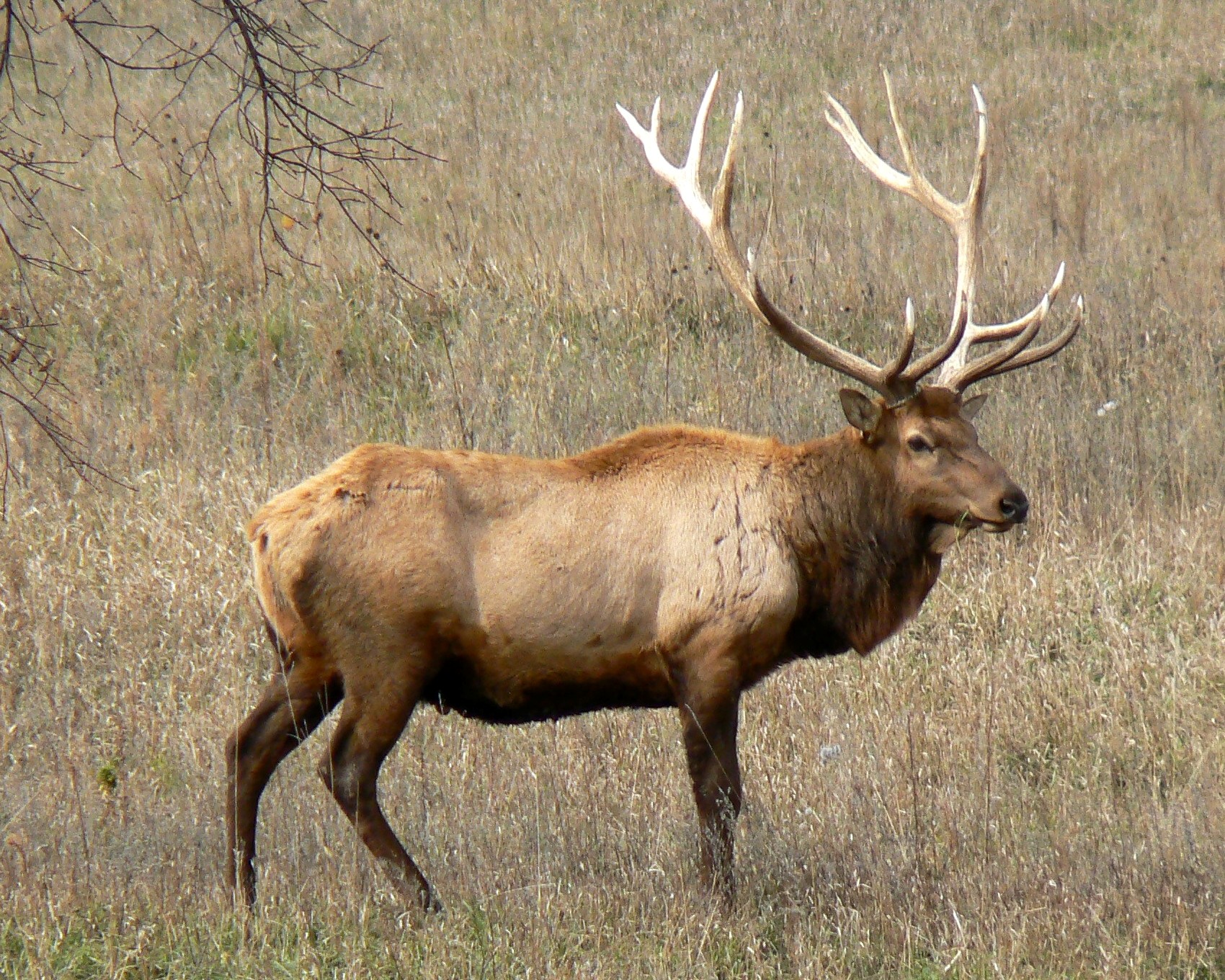
Elk. Image credit: Creative Commons
Forest also occurs on buttes and in the foothills, as well as riparian forests of black cottonwood with a willow understory along major rivers. Oregon ash is characteristic of swampy habitats in the Valley and in the foothills. Black-tailed deer are common throughout the Valley, and elk occur in some areas adjacent to the Coast Range.
The William L. Finley National Wildlife Refuge was established to protect the dusky Canada goose, which breeds in Alaska’s Copper River Delta and winters almost exclusively in the Willamette Valley. A characteristic bird of Oregon white oak savannas is the acorn woodpecker.
EuroAmerican settlement of the Willamette Valley started relatively early for western North America, in the early to mid-19th century, especially after completion of the Oregon Trail in the 1840s. This settlement led to decimation of the Indian population, fire exclusion, and extensive conversion of native grasslands to agriculture.
This is the most densely settled region of Oregon, containing around 70% of the state’s population. Urban sprawl is now prevalent, particularly in Portland and vicinity. Only 1% of this ecoregion is protected, and natural habitat constitutes only around 2% of the land outside protected areas.
Priority conservation actions for the next decade are: 1) increase federal, state, provincial, and local acquisition of conservation lands; 2) undertake extensive restoration of natural communities, especially prairies and oak savanna, on agricultural lands; and 3) greatly increase controlled burning and other habitat management.
Citations
1. Franklin, J.F., and C.T. Dyrness. 1973 (plus 1988 Supplement). Natural Vegetation of Oregon and Washington. Oregon State University Press, Corvallis.
2. Ricketts, T.H. et al. 1999. Terrestrial Ecoregions of North America: A Conservation Assessment. Island Press, Washington, D.C.
3. Eastman, D.C. 1990. Rare and Endangered Plants of Oregon. Beautiful America Publishing Co., Wilsonville, OR.
